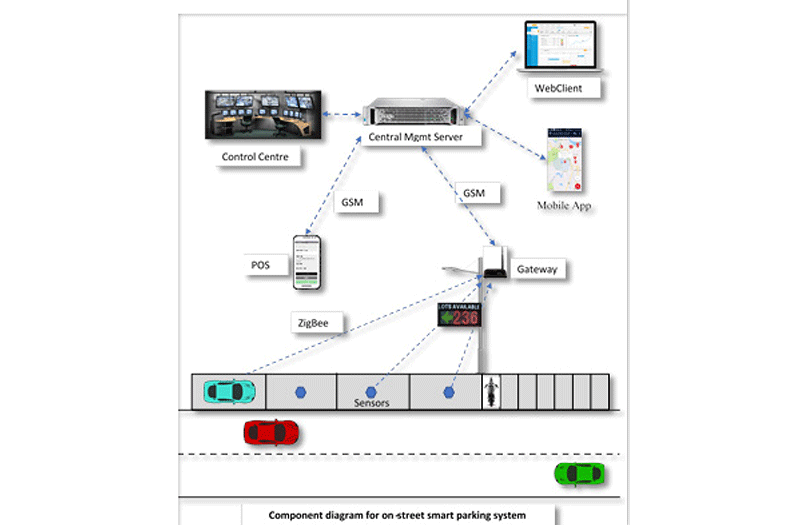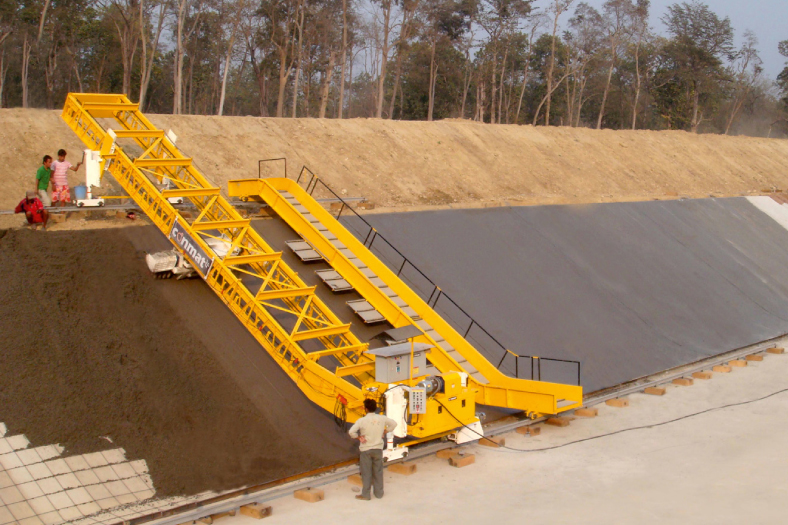Rainwater harvesting: future saviour
With scarcity of water going deep, conserving water and managing all available optimum resources have become the prime importance
According to U.N. estimates, amount of water on the earth is about 1,400 million cubic kilometres, which is enough to cover the earth with the layer of 3,000-metre depth. The increasing water demand, drying natural resources due to over exploitation, and often failure of monsoon have further worsen the situation, making the water a scare resource. However, the fresh water constitutes a very small portion of this enormous quantity. Only 0.3 per cent of the total water available on the earth is fresh water and the remaining is saline water in oceans. About 75.20 per cent of available fresh water lies frozen at Polar regions and another 22.60 per cent is present as ground water (50 per cent of which is available within extractable depth). The rest is available in lakes, rivers and moisture in atmosphere, soil and vegetation.
Need of rainwater harvesting consists of a range of simplest, indigenous technologies, practised in India for centuries to collect, store and provide water. Nature replenishes the groundwater resource annually through seasonal rainfall, by way of infiltration through soil layers. Due to urbanisation, the soil surface exposed to the recharge is drastically reduced and therefore natural recharge is diminished. Groundwater as a natural resource has the major benefit in meeting emergency supplies during the water scarcity periods. In order to maintain the groundwater resource potential, a hydraulic equilibrium must be maintained between the availability and utilisation. Today availability of water has put a serious question mark in front of everybody, so it is today’s need to conserve the water and manage all available optimum resources. Hence, there is immediate need for strengthening of existing water resources by harvesting with rain and treatment of wastewater, recycling and reusing of water.
Advantages of rain water harvesting• It provides self-sufficiency to one’s water supply• It reduces the cost of pumping of ground water as it increases ground water level• It provides high-quality soft water, low in minerals• It improves the quality of groundwater through dilution when recharged to ground• It reduces soil erosion in urban areas• The roof top rainwater harvesting is less expensive• Rainwater harvesting systems are simple which individuals can adopt• Rain water harvesting systems are easy to construct, operate and maintain • In hilly terrains, rainwater harvesting is preferred• In saline or coastal areas, rainwater provides good quality water. When recharged to ground water, it reduces salinity and helps in maintaining balance among the fresh saline water interfaces.
Suitability of rainwater for drinking purpose Contrary to popular belief, water quality improves over time during storage in the tank due to sedimentation, floatation and bacterial die-off, if the water is not disturbed. Even pathogenic (harmful) organisms gradually die out during storage. The main factors for the bacterial decline are:• Algae die due to lack of sunlight• Competition for food increases• Predation increases reducing the prey micro-organisms and ultimately starving out the predators• Removal of some bacteria due to flocculation and sedimentation• Biological contamination can be further removed by disinfecting the water.
Approach of municipal bodies towards rainwater harvesting Nowadays many municipal corporations are taking initiative in rainwater harvesting — not only by making it mandatory but also by encouraging citizens by various incentives such as exemption in property taxes. However, following areas need more attention for effective implementation of rainwater harvesting:• Proper governing body (dedicated departments) in order to audit the efficacy of executed rainwater harvesting projects• Single window and transparent solution for offering incentives, handling documentation for individuals and corporate who want to take initiative in rainwater harvesting• Effective governance to keep an eye on individuals or institutions who are not confirming to RWH project standards. They should have power to levy fine to such individuals or institutions.
It is said that if World War III happens, it will be due to water only. Considering the current national and international water scenario, it is high time to implement stringent action plan for long-term water resource development. n
Authored by_
Chitralekha Vaidya, Varshasookt Consultants
7
Cookie Consent
We use cookies to personalize your experience. By continuing to visit this website you agree to our Terms & Conditions, Privacy Policy and Cookie Policy.









